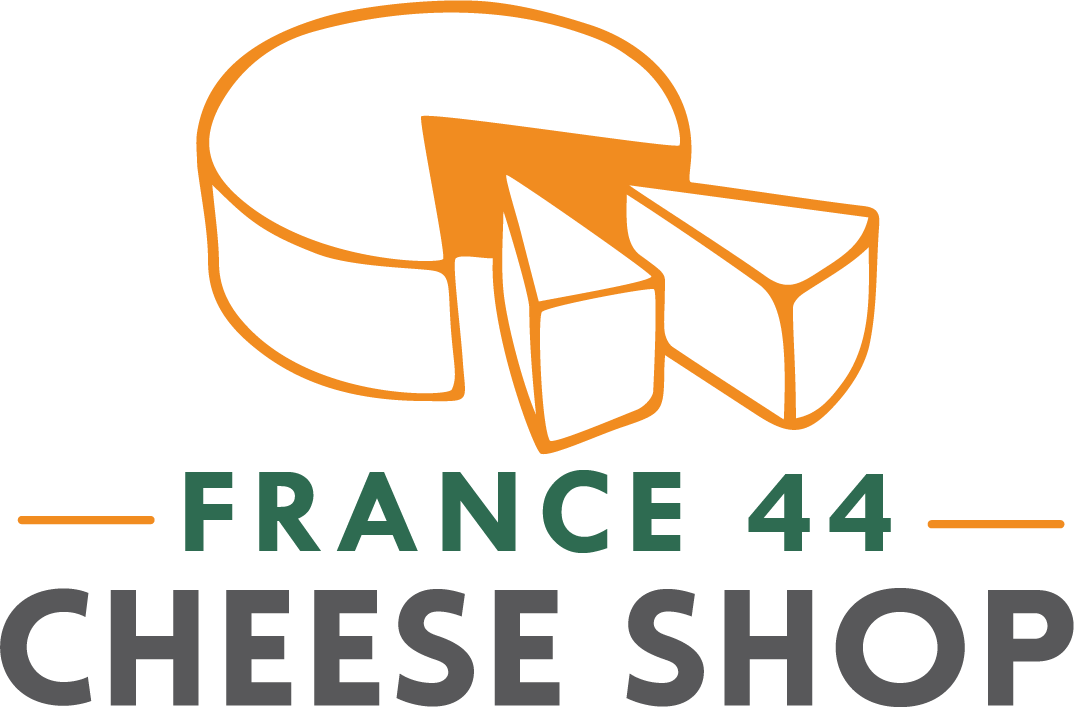Three by Beillevaire
by Austin Coe Butler
Beillevaire (bay-VAIR) is an exclusive distributor, dairy, cheesemaker, and affineur (cheese “finisher” or ager), named after Pascal Bellevaire and located in the Marais Vendéen on France’s paludal, southern coast outside Nantes. Bellevaire was raised on his parent’s dairy farm in Marais Vendéen, and his life’s work has been transforming that humble family dairy into an esteemed exporter and producer of some of France’s best cheeses. This week, we are promoting three remarkable cheeses by Beillevaire: Ossau-Iraty, Somport, and Marbré des Alpes.
Ossau-Iraty is an iconic, ancient ewe’s milk tomme made in the Basque Country of the Pyrenees. It is an ancestral cheese to the Basque people, who have been inhabiting Europe and making this cheese longer than any other living European peoples on a timescale where the rise and fall of empires is the passing of a shadow to them. (Some estimates date the origin of this cheese to over 4,000 years old). Ossau-Iraty’s flavor is rich and caramel-sweet like roasted chestnuts. It has just a snap of sheep tang without tasting gamey, making it an excellent gateway into the world of sheep cheeses. If you’ve spent any time with our mongers, they’ve undoubtedly sent you home with a wedge, as it is a staff favorite.
Somport is more of a rarity, and while often compared to Ossau-Iraty it is made from goat’s milk. Beillevaire sources their Somport from just four small fermier (farmhouse) producers in the Aquitaine, France’s southwestern corner. Its flavor is brashly goaty and deserving of those gregarious animals it descends from with an aroma of damp, rich soil and crimini mushrooms. While its texture can be firm, recently our wheels have been supple and yielding in texture, with a delightful semi-firm bounce. We paired Somport with Broc Cellars Got Grapes? a few months ago, and while that wine is sold out for the moment, any juicy red blend would pair beautifully with this cheese.
Marbré des Alpes is Beillevaire’s Morbier inspired cheese. While you may be unfamiliar with Morbier, you likely know the cheese it was born from–Comté. Morbier was traditionally made with what little curd was leftover from making Comté. It was not enough to make much of anything with, but cheesemakers are by necessity not ones to waste. They would scrape the soot from the bottom of the cauldrons the milk was heated in and sprinkle the soot over the curd to prevent it from forming a crust and protecting it from insects. In the morning, the cheese would be topped off with a bit of fresh curd, pressed, and then washed with brine. This delicacy was reserved by the cheesemakers for their own private consumption as the reward for their labors. Nowadays, cheesemakers create the wheels in one day and use vegetable ash as a nod to this cheese’s history, which continues to gives this cheese its distinctive “marbling.” Beillevaire’s Marbré des Alpes comes from Désaignes in the southeast Auvergne-Rhône-Alpes region. While young wheels of Marbré are buttery and mild, the more mature wheels we have are surprising and delightfully piquant flavor and spicy aroma.







